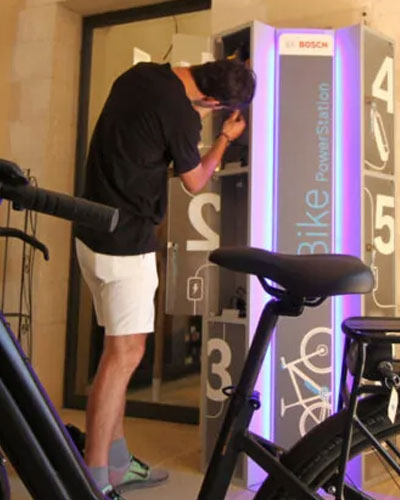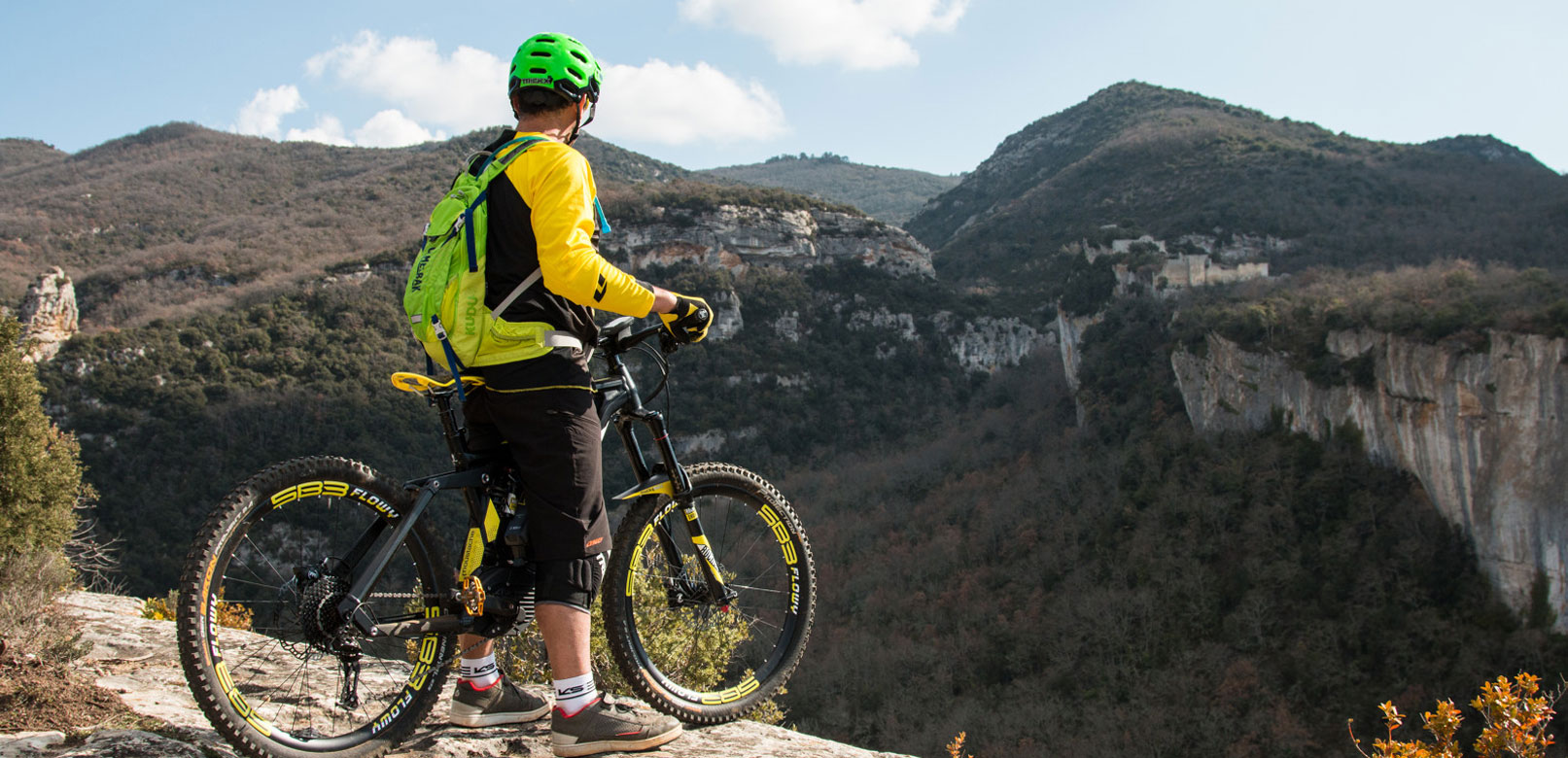
Electric bikes: good practices
Many bike rental companies now offer electric bikes, designed for easier and more accessible trips that will allow you to traverse the entire network of Provence cycling routes, regardless of your level.
However, using an electric bike requires an extra checklist. With the list of good practices for electric bike use below, you can set off on the roads of Vaucluse!
In a nutshell
- Take the bike for a test ride before departure, and make sure you are given an explanation of how it works.
- Check the battery charge
- An electric bike is still a bike, so you will still need to pedal. The purpose of the electric assistance is to support you and regulate your effort intensity levels.
A short warm-up
to get used to the bike
Is it your first time using an electric bike? As with a classic bike, you need to take the time to test your bike on different surfaces and gradients (turning, climbing, braking etc.).
As well as user settings (saddle height, handlebar adjustment), it is important to get used to the speed generated by the bike, which affects the weight. Above all, make sure that the bike is easy for you to handle (additional settings if needed).

Our advice
Make sure to tell your bike rental company whether or not you are used to using this type of bike, as they will then be able to supply you with appropriate rules of conduct.
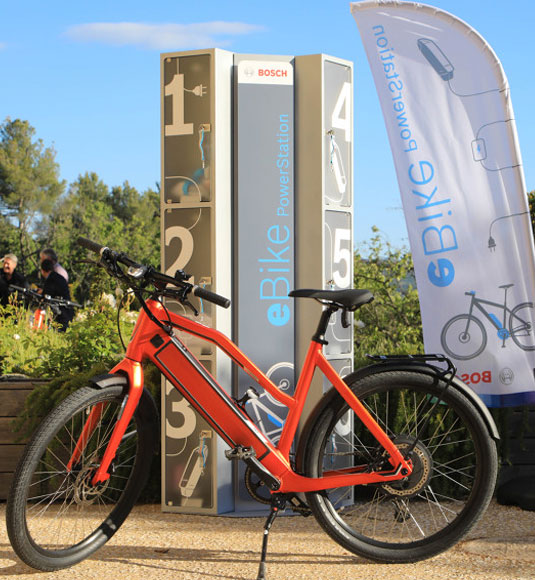
Pre-departure checks
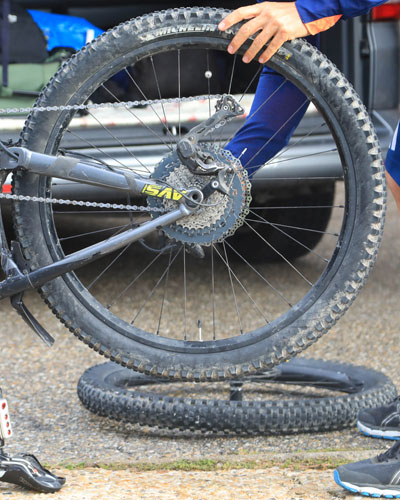

Did you know?
The battery of an electric bike lasts up to a range of 70 to 80 km
The speed of electric bikes is capped at 25km/h
Leave with total peace of mind
As well as the usual checklist for any bike ride, electric bikes require some additional checks
– Ensure the battery is properly charged
– Provide a spare battery, especially for long distances or high-altitude routes
– Carry a charger with you (1.5kg extra weight) and enquire about possible charging locations
Retain battery life
by disabling electric assistance when possible
In order to optimise electric bike use and increase potential range, be sure to cycle without assistance as soon as possible. Activate electric assistance during ascents and enjoy pedalling along the flatter paths (the assistance is usually automatically disactivated above 25km/h, as the speed indicates that you are riding downhill or on a flat surface).
It is also recommended that you maintain a flexible rhythm in order for better performance and increased efficiency.

Our advice
Check out the bike range calculator based on bike weight, speed and route difficulty at www.bosch-ebike.com
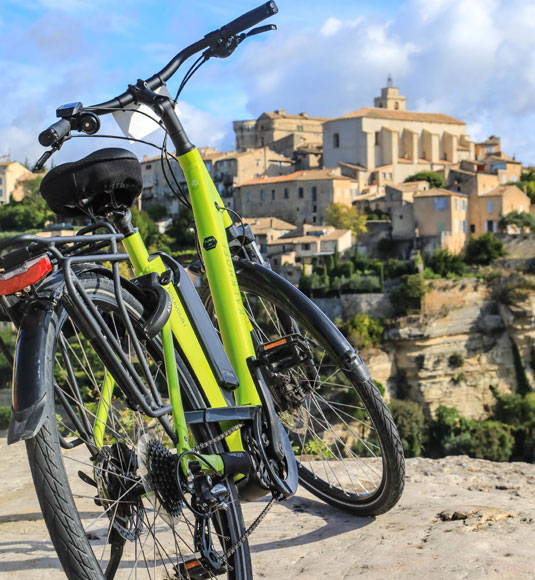
Useful information:
On the athletic routes “3 ascensions du Ventoux”, and “Grandes traversées de Vaucluse”
– All sites, wine cellars, tourist offices, restaurants, bike rental companies and accommodation services with the “Accueil vélo” certification will let you charge your bike during your visit or meal. So don’t hesitate to ask 😊.
– 60 sites in Vaucluse have been equipped with Bosch charging stations, so there’s no need to carry a charger with you if your bike has a Bosch battery 😊 + return to the Bosch page.
